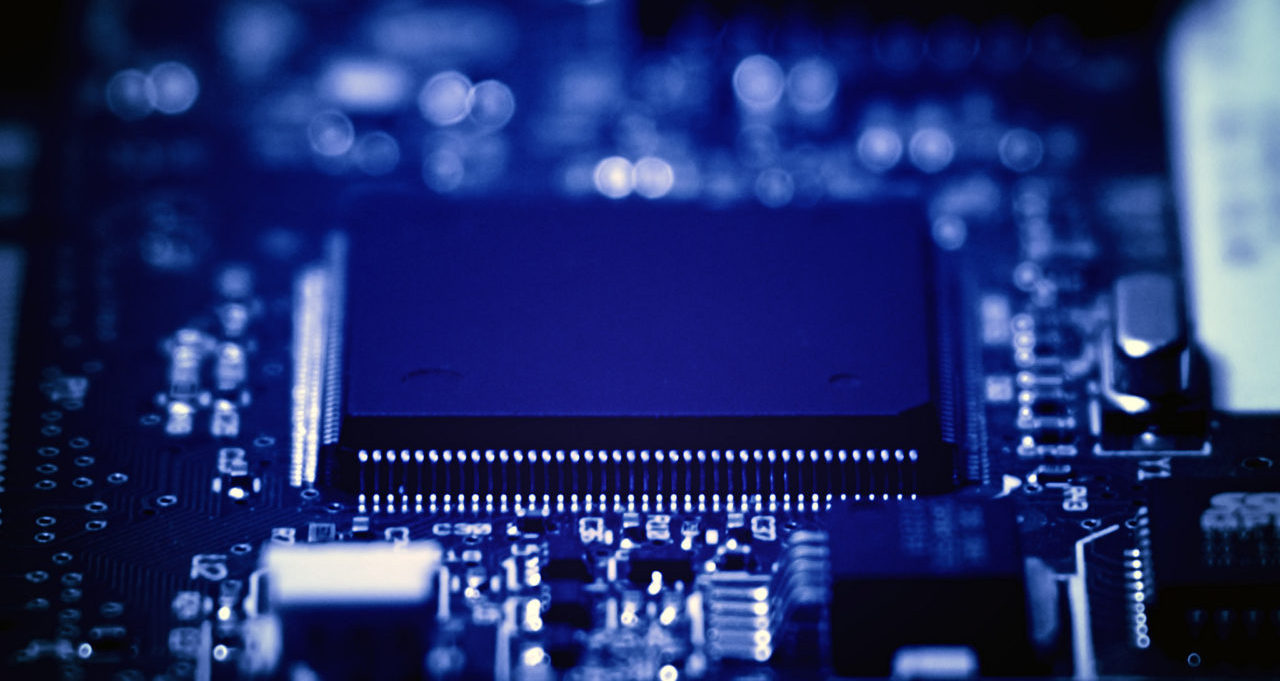
Years ago, I remember reading about people who engraved poetry on the head of a pin, or on a grain of rice. That level of miniaturization pales in comparison with nanobots, however— machines that function on a molecular level.
Nanobots were first proposed by physicist Richard Feynman at an American Physical Society meeting at the California Institute of Technology (CalTech) on December 29, 1959, in a lecture entitled “There’s Plenty of Room at the Bottom”. To imagine how truly infinitesimal these machines are, consider comparative scale. A strand of human hair is about 100,000 nanometers in diameter; a bacteria is about 2,500 nanometers across. But a nanobot— a robot on the smallest scale— would be about 1 to 100 nanometers across.
Were you hoping one to spy on one, you would need something far beyond the capabilities of your high school microscope. The best conventional light microscopes can only magnify 1500 times; instruments such as electron microscopes (invented in the 1930s) can magnify a million times. In 1980s, even more powerful devices such as scanning tunneling microscopes (STM) and Atomic force microscopes (AFMs) were invented.
And what use are machines that tiny? Medical uses, of course— scanning the bloodstream for bacteria or cancer cells, detection of chemicals in the body, delivery of drugs or opening clogged arteries. But the broader applications are intriguing, too. Eradicating oil spills, cleaning up pollution, even delivering lubricants to machine parts and clearing out accumulated grease and dirt.
And you would never know they were there.
IMAGE: By BBM, Fotograf: Martin Hoyer (Archiv BBM) [CC BY-SA 2.0 de (http://creativecommons.org/licenses/by-sa/2.0/de/deed.en)], via Wikimedia Commons
